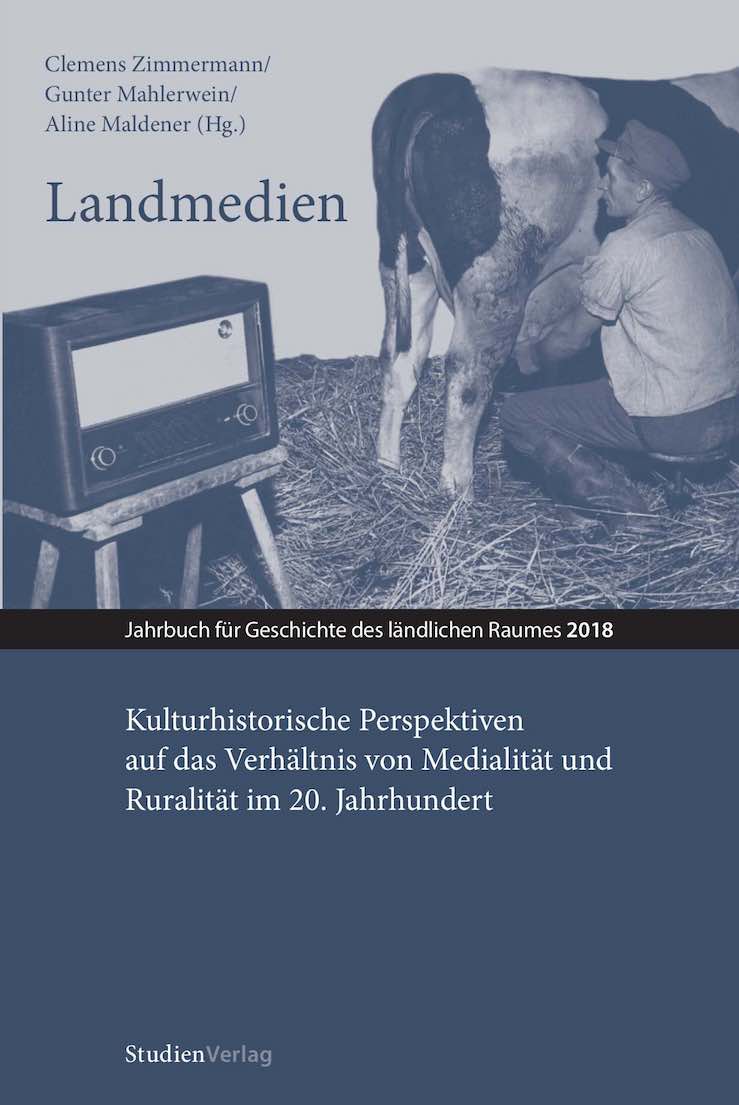„Tonfilmbegabt und von Bergen umsäumt“
Depiction and reception of ‘rurality’ in the German early sound film Der unsterbliche Lump (1930)
DOI:
https://doi.org/10.25365/rhy-2018-9Keywords:
film history, sound film, German cinema, cinema culture in the 1920s and 1930sAbstract
When Der unsterbliche Lump premiered in February 1930, critics and audiences perceived this as a further step in the establishment of sync-sound systems in cinema, primarily because of the initial use of exterior shooting in rural locations. These technological achievements seemed like a triumph in contemporary recollections, with critics being delighted with its supposedly authentic representation of the countryside. This article explores the ways ‘rurality’ is depicted by films and discussed in film journalism around 1930: In the retelling of the film’s shooting by the filmmakers themselves, the rural population appears to be stereotypic dull countrymen, allegedly unable to grasp the sheer superi- ority of the modernist machine. This perception meets its equivalent in the description of the rural cinema audience around 1930: In film journals like Der Kinematograph the rural audience is often described as being insufficiently media-savvy. The stereotyping representation of ‘rurality’ in the contemporary discourse apparently has not gone unnoticed: it has been spoofed by filmmakers themselves as early as August 1930, when the slapstick comedy Das Kabinett des Dr. Larifari depicted countrymen as even more naïve and dull as in the more serious depictions before.


